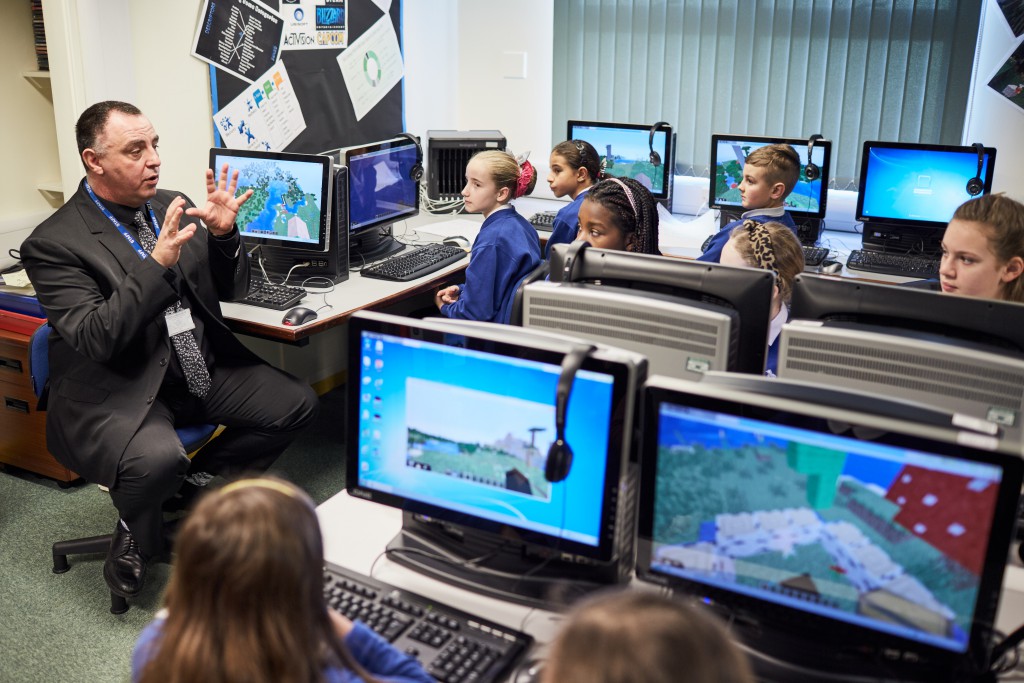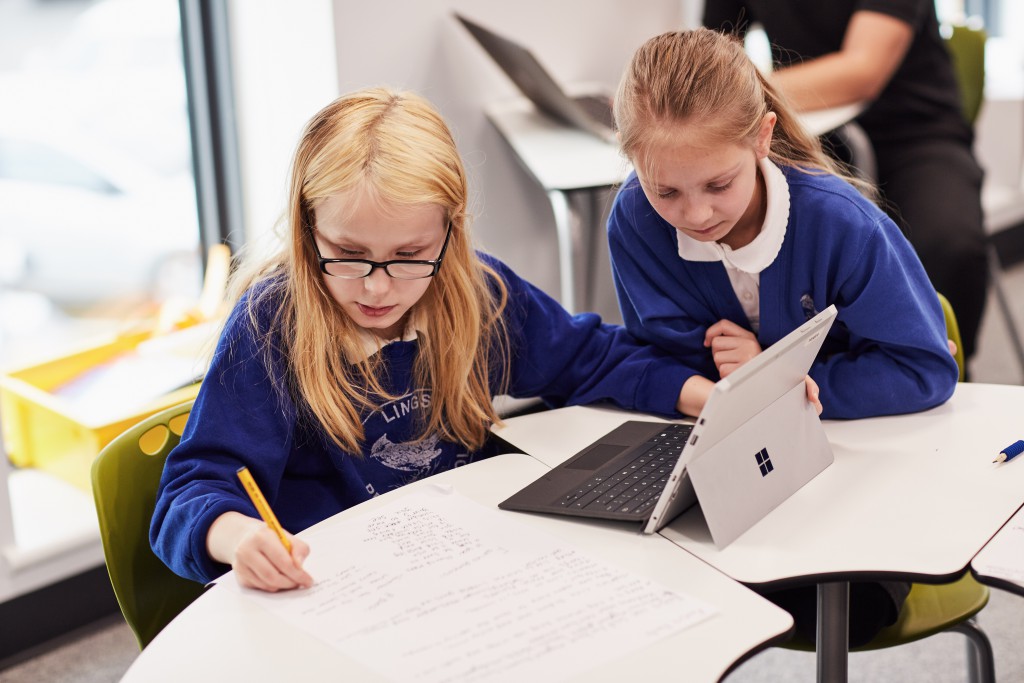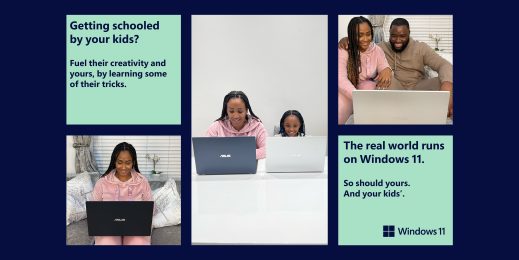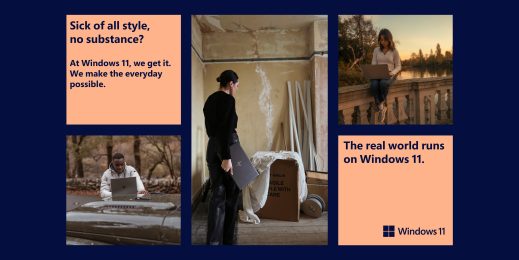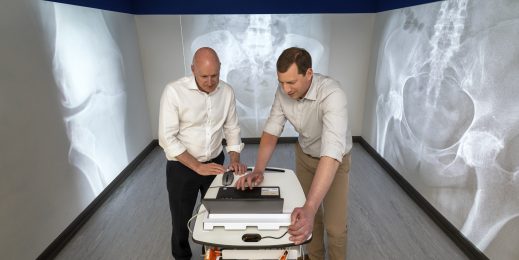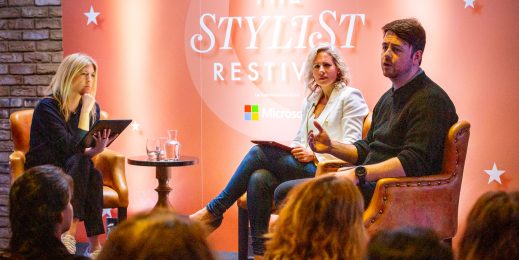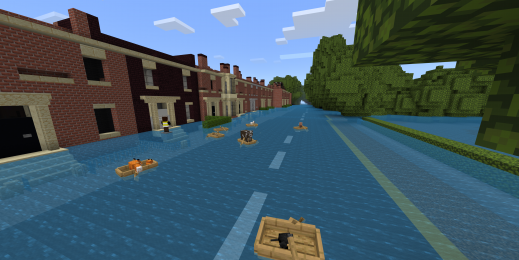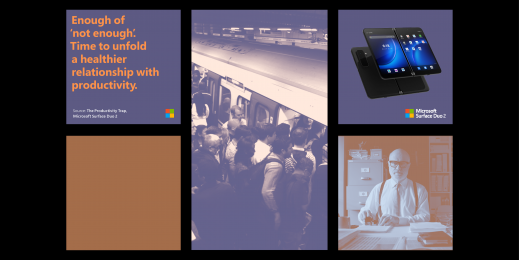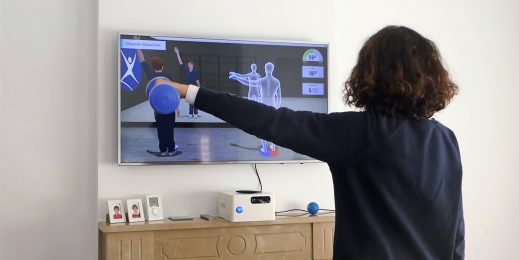Log in and learn: how gaming is changing the future of education
‘It all started at MineCon last summer,” recalls Leigh Wolmarans, Headteacher of Lings Primary School in Northampton, UK. “That’s where I realised the potential gaming offers for education.”
At that point, Lings was already one of 400 Microsoft Showcase Schools receiving the company’s support in using technology to transform and modernise learning for children. Yet Wolmarans returned from his lightbulb moment determined to push the envelope even further.
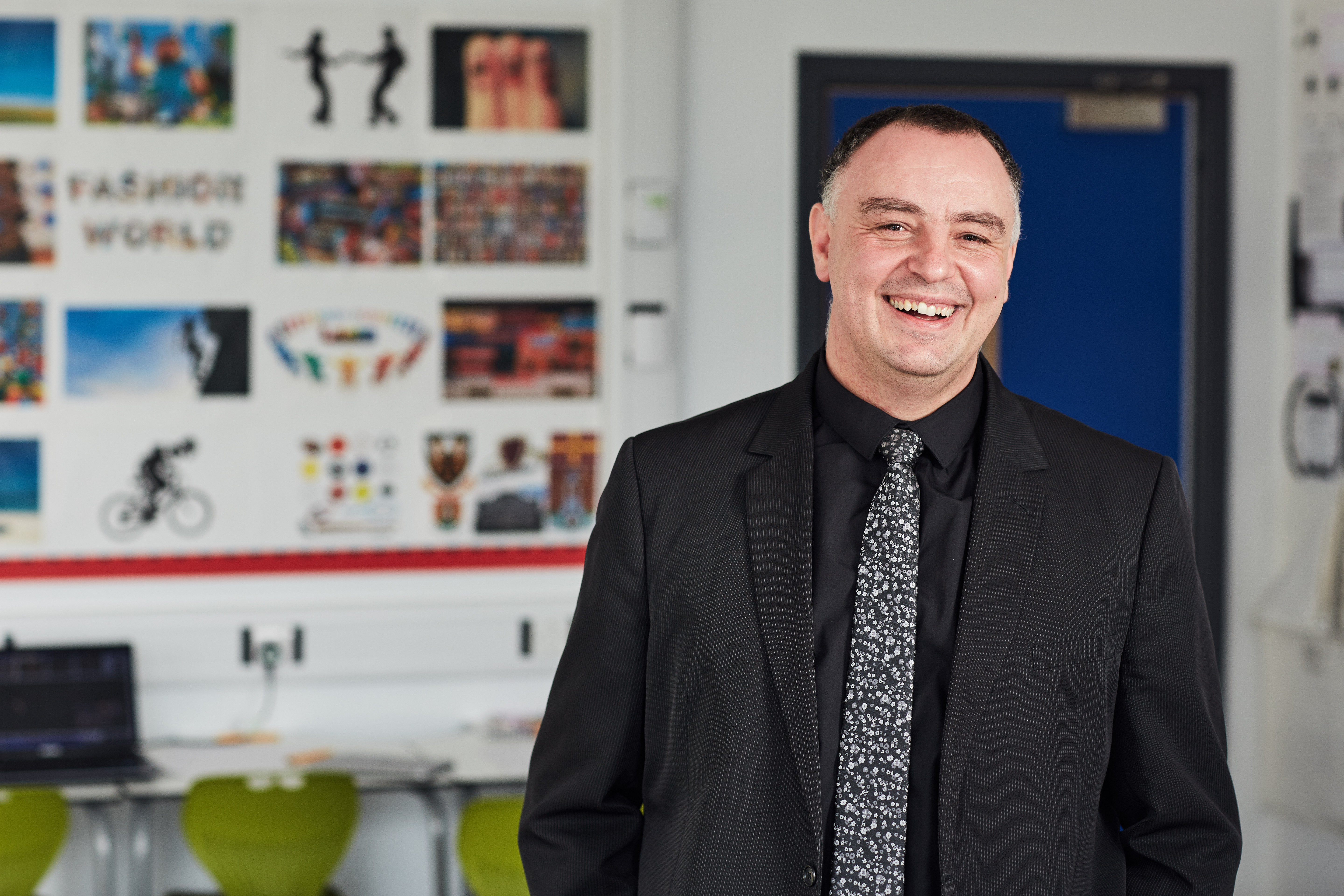
“For children, learning comes down to three key principles: engagement; relevance; and enjoyment,” he explains enthusiastically. “If you can tick all three boxes, you’re onto a winner. We’ve been using computer science for a little while now and we’ve seen an improvement in our pupils’ level of understanding during lessons. Yes, it’s fun and, yes, it’s engaging but the way we use something like Minecraft, it’s not a game. It’s a genuine learning technique.”
The approach certainly seems to be working. When Wolmarans arrived at Lings in 2011, the school was rated ‘inadequate’ by the UK government and struggling to cope with one of the most poverty-hit catchment areas in the country. Now, just over four years on, it enjoys a 98% attendance rate, has 89% of its 236 children achieving or exceeding national standards in literacy and maths, and is one of the area’s shining educational lights.
“One in three of our pupils lives in severe poverty and nearly two-thirds receive free school meals,” Wolmarans adds. “But using technology inside the classroom has helped them take a more active role in their own learning, improve their levels of attainment and, crucially, have more fun at school.”

Together with a sparkling new ICT suite, a fantastic array of tablets and desktop PCs, and even a fully functioning onsite radio station (run by the kids), he believes the greater emphasis on computer science-based teaching is making a real difference to the school life of his pupils.
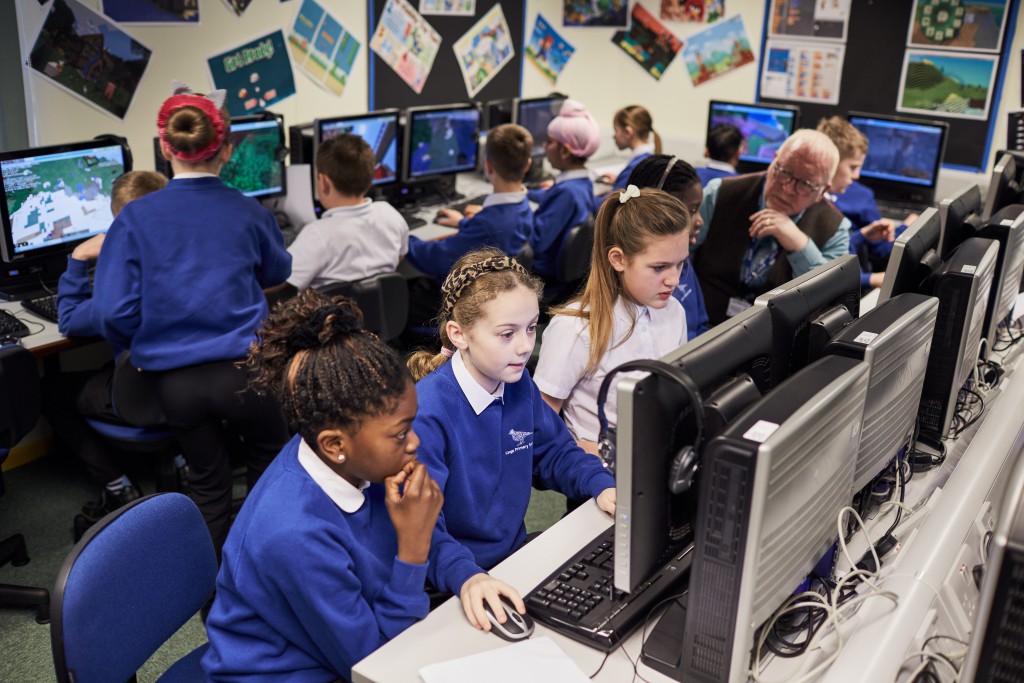
But how exactly? It all comes back to those same three principles of engagement, enjoyment and relevance.
Let’s take Minecraft as an example again. Instead of following a pre-ordained narrative, the game features two modes – Creative and Survival – both of which let players forge their own path by constructing or deconstructing worlds using blocks. They can then invite other people to ‘walk around’ their worlds and experience what they have created.
“Log in to the world and I’ll see you in there…” Headteacher Leigh Wolmarans prepares his class for their latest Minecraft lesson
For schools, a slightly modified version called MinecraftEdu (a new version of which, called Minecraft: Education Edition, has just been announced) also allows teachers to participate alongside their pupils – whether that be by offering feedback on their creations, hiding documents for them to discover or posing questions about the project in real time. Perhaps most importantly of all, it enables multiple children to work together, either in small groups or as an entire class.
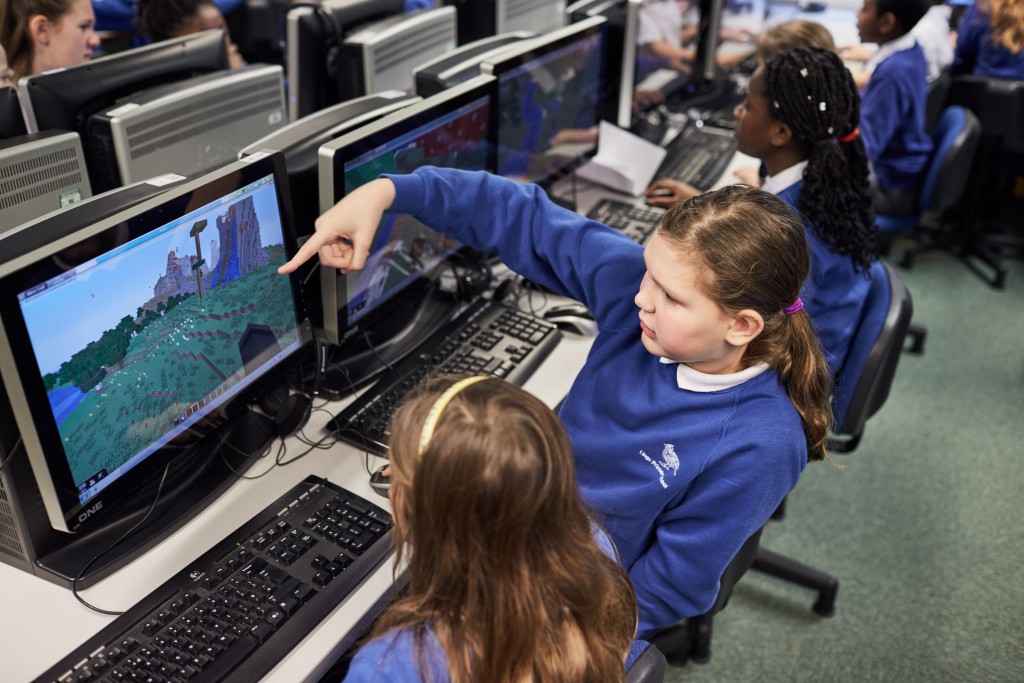
Engagement – tick. Enjoyment – tick. But what about the relevance?
For Lings’ Year Six pupils (aged 10 and 11), this comes from using Minecraft to develop their own interpretations of the fairy world in Shakespeare’s Midsummer Night’s Dream. It’s a remarkable project, with 30 children collaborating and interacting in the real and virtual worlds simultaneously – to impressive effect. Tick.
Here, Year Six pupil Max explains how Minecraft helps him at school:
Teacher Matt Bushell, one of the school’s two fully-trained Microsoft Innovation Experts, explains:
“The atmosphere in a Minecraft lesson is always a buzz of conversation and ideas, and it’s astounding to see what the kids can create in a relatively short space of time. By building their own fairy worlds and linking back to the work we’re doing on the text in the classroom, they’re gaining a deeper understanding of the play. But they’re not simply learning facts. They’re also discovering how to be creative, how to collaborate and how to solve problems – skills they’ll need for the rest of their lives.”

“Lessons are way more creative and fun now,” says 11 year old Dorcas, a member of Lings’ Year Six class and, by all accounts, a budding Minecraft genius.
Classmates Abbie and Ashton agree. “When we’re doing something like the Midsummer Night’s Dream project, the nice thing is that all the decisions are our own,” says Abbie, also 11. “It’s our imagination and we teach each other.”
“Building the fairy world for real has definitely helped me understand Midsummer Night’s Dream better,” adds Ashton, 10. “And when we’re working together in Minecraft, there’s lots of teamwork, which is fun.”
“When we’re learning with Minecraft, the nice thing is that all the decisions are our own. It’s our imagination and we teach each other.” Year Six pupil Abbie, 11.
For the passionate Wolmarans, it is an example of technology facilitating learning in ways that just weren’t possible when he was at school. It’s also why Lings is currently extending its computer science programme into Years Three, Four and Five – a process being led by the pupils themselves.
He does, however, strike a note of caution.
“The most important thing about using tech is that it can’t just be an add-on with no actual value. Whether it’s a flat screen TV to show images in the classroom, OneNote for idea and document sharing or Minecraft for exploring Shakespeare, it has to make pupils’ education better, either by challenging them differently or by opening up new opportunities to learn. The day tech stops doing that is the day we should turn it off and do something different.”

With more and more schools sharing the Lings model of a creative, connected curriculum where the boundaries between subjects are blurred, that day shows no sign of arriving anytime soon. Indeed, in Minecraft alone, pupils can employ design, maths, science, literacy and communication skills – all in a single 40 minute lesson.
“Let’s be clear,” says Wolmarans. “Building the RSC (Royal Shakespeare Company) in Minecraft should never replace getting in the minibus and actually going there. But used correctly, technology can help break down old barriers between subjects and make the whole learning process more holistic and rewarding – for teachers and pupils alike.”
It’s for this reason that Lings’ staff are also encouraged to think more broadly about how technology can help them in their work. That might be by communicating with parents on Facebook. By sharing information with each other via Yammer. By upgrading the school’s computer network to Windows 10. Or by keeping up with the latest developments in educational policy on Twitter.
“The use of technology has been the single biggest change during my career as a teacher,” insists Wolmarans. “But it’s not something a school should just dive into and expect to work. At Lings, where we have got to now has taken years of preparation and we’re constantly talking to parents, colleagues and the children themselves about how different types of technology can help make their learning more effective.
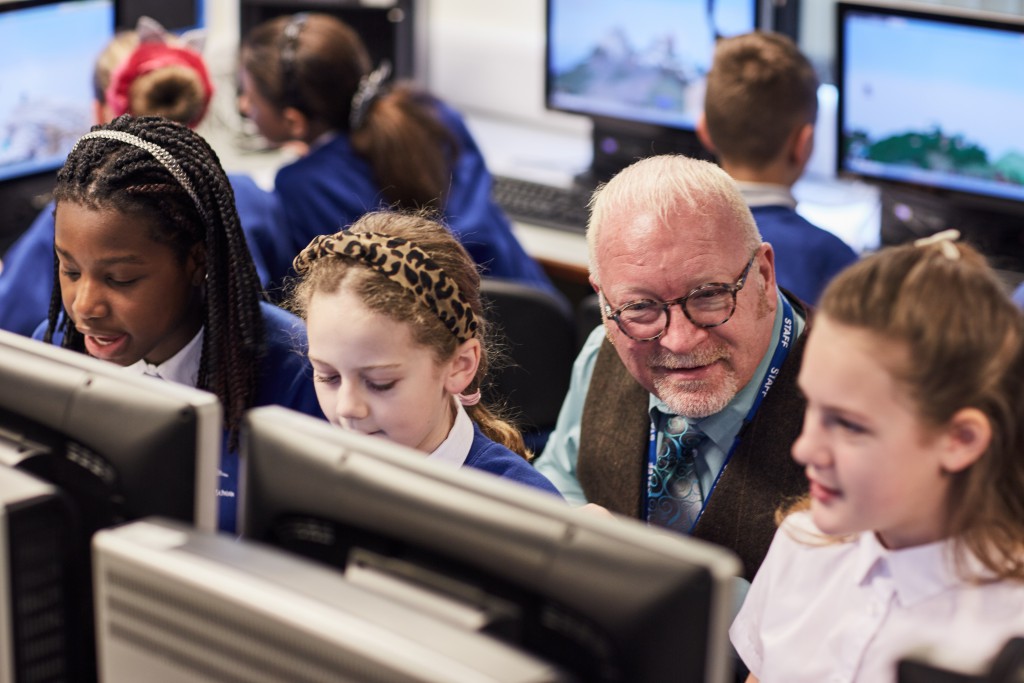
“It can mean the whole process takes longer but the kids who come out the other side are better learners and will be better citizens too. After all, we’re not here to help pupils pass a test. We’re here to give them the skills they need to change the world.”





